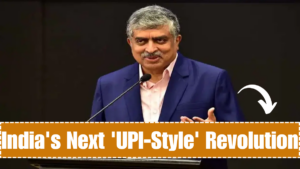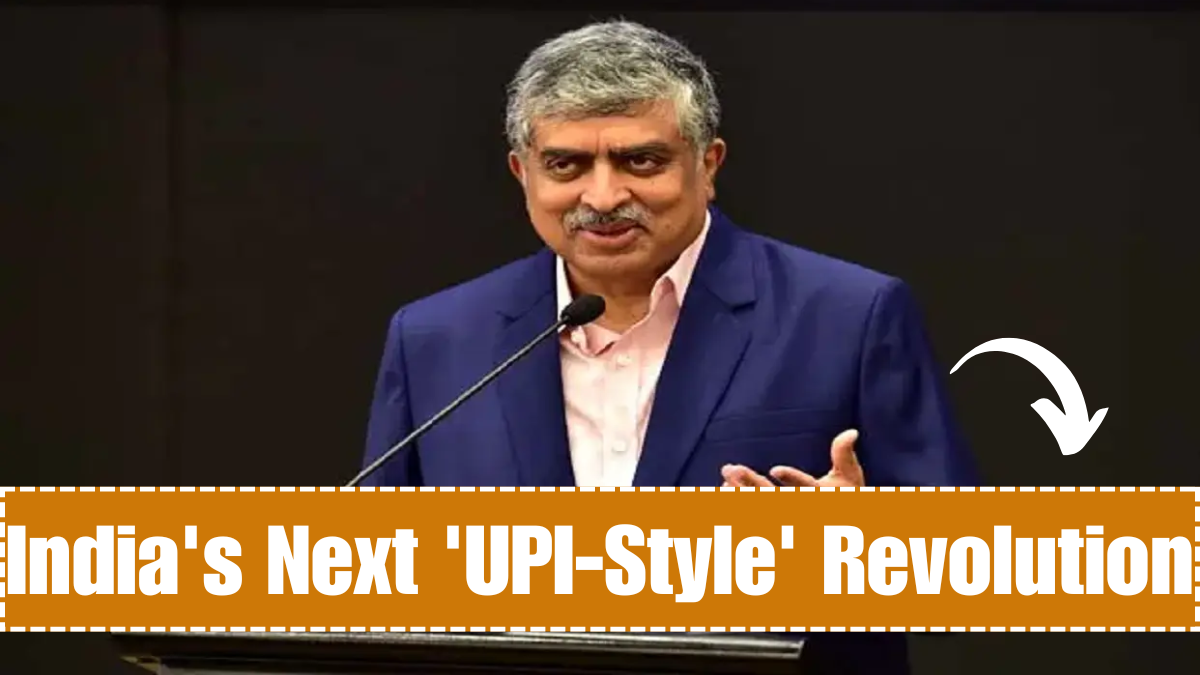Nandan Nilekani, the visionary behind Aadhaar and co-founder of Infosys, has made a bold prediction that has entrepreneurs and technocrats across India buzzing with excitement. Speaking at an event for entrepreneurs, Nilekani stated that the next big revolution in India, comparable to UPI (Unified Payments Interface), will be in the energy sector.
Let’s explore what this “Digital Energy Grid” could look like and how it could transform everyday Indian households into micro-entrepreneurs.

Energy Will Be India’s Next UPI
Nilekani believes that the energy sector is ripe for a decentralised, digital transformation, much like what UPI did for payments. His key argument is based on the rising affordability and availability of rooftop solar panels and electric vehicles (EVs) with storage batteries.
“Every home will be an energy producer… seller… and buyer,” said Nilekani, stressing how consumers will evolve into prosumers (producers + consumers).
This would create a Digital Energy Grid (DEG) where millions of small energy producers could participate in trading electricity, leading to an entirely new economic ecosystem.
MUST READ: FSSAI Internship 2025: Apply Online, Eligibility, ₹10,000 Stipend, Last Date & Details
What Will This Energy UPI Look Like?
-
Rooftop Solar Installations: Households will generate solar energy during the day.
-
EV Battery Storage: Energy stored in EVs will act as mobile or home storage systems.
-
Peer-to-Peer Energy Trading: Just like UPI enables instant money transfers, DEG would allow instant energy exchanges between homes, businesses, and the grid.
-
Micro-Entrepreneurship: Households could earn income by selling excess energy, much like how small vendors now use UPI to sell goods.
Nilekani’s vision is clear: Just as UPI created millions of digital payment entrepreneurs, DEG could create millions of energy entrepreneurs.
UPI’s Phenomenal Impact as the Benchmark
The comparison with UPI is not unfounded. Since its launch, UPI has:
-
Contributed to 80% of India’s retail digital payments
-
Recorded over 16.99 billion transactions worth Rs 23.48 lakh crore in January 2025 alone
-
Expanded globally to 7+ countries including the UAE, Singapore, France, and Mauritius
This level of digital empowerment could now be mirrored in the energy space, bringing clean energy access, financial gains, and innovation to rural and urban India alike.
India’s Push Towards a Green Digital Future
The Indian government has already laid the groundwork for this transformation:
-
Increased solar subsidy schemes
-
Promotion of EV adoption through FAME 3
-
Incentivising smart metering and grid digitisation
With Nilekani’s DEG vision and India’s existing digital infrastructure, this new energy ecosystem could become reality faster than expected.
FAQs
What does Nandan Nilekani mean by “Energy is the next UPI”?
He refers to a future where energy, like digital payments, becomes decentralised and digital, enabling individuals to generate, store, and trade electricity seamlessly.
How will households earn from energy production?
By installing rooftop solar panels and storing energy in EVs or batteries, homes can sell excess energy to neighbours or the grid.
Is the government supporting this vision?
Yes, various solar subsidies, EV policies, and smart grid initiatives are aligning with this direction.
What is DEG (Digital Energy Grid)?
DEG is a proposed system where energy trading is enabled digitally, much like how UPI allows instant money transfer.
Will DEG require internet and digital apps like UPI?
Yes, just like UPI relies on apps and mobile internet, DEG will likely need smart meters, apps, and digital payment infrastructure.
Click here to know more.
